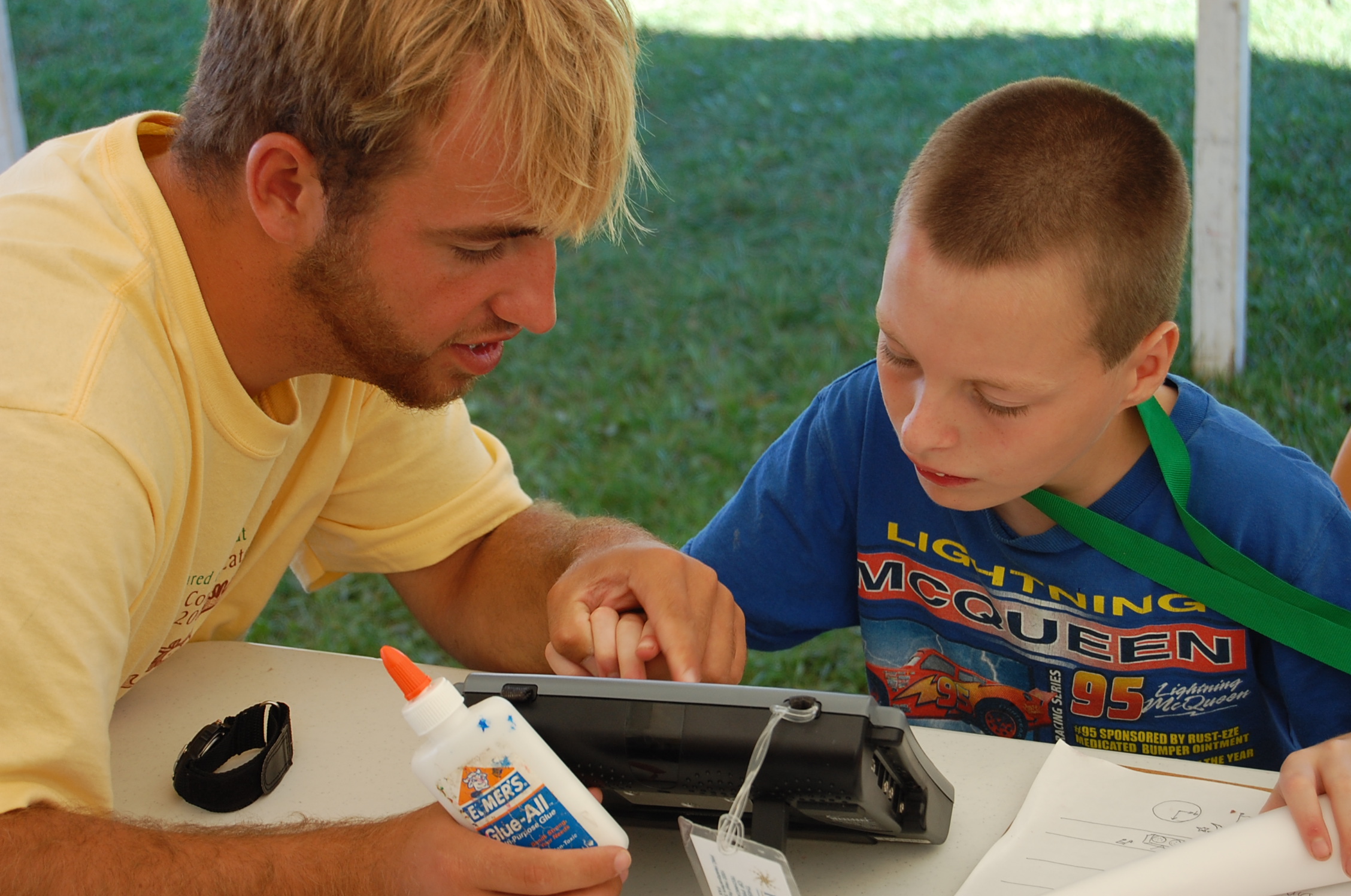Why Is It Important For The Child To Use Augmentative Communication At Home And In The Community?:
- It reinforces the communication skills the child learned at school!
- The family of the child should be provided with training in how to use augmentative communication systems. "This may include strategies for expanded use of the system and providing new vocabulary for the unique communication demands of home and community" (Dell, A.G., Newton, D.A., & Petroff, J.G.).
- Include "siblings, grandparents, and extended family" in the "evaluation and implementation processes" (Dell, A.G., Newton, D.A., & Petroff, J.G.).
- "School personnel must provide direct instruction to the parents, who in turn can teach other family and community members to interact with their child" (Dell, A.G., Newton, D.A., & Petroff, J.G.).
- Consider "patterns of family functioning and cultural diversity" through stages of development and implementation process (Dell, A.G., Newton, D.A., & Petroff, J.G.).
Importance Of Supporting Integration Of Device In The Community:
- Communicating with people who are unfamiliar with augmentative communication can be challenging for the child.
- The child should practice interacting with people who are unfamiliar with augmentative communication at school, with a friend.
- The device should be programmed to "ask specific questions and guests can be directed toward the augmentative communication user to answer a question. This will enable the student to practice interacting with unfamiliar partners" (Dell, A.G., Newton, D.A., & Petroff, J.G.).
If you are like me and have never met anyone who used augmentative communication, click HERE to see how the device is used to help a child communicate!!!!!!
As you can see from reading the above information, teachers play a HUGE role in helping a child integrate using their augmentative communication at home and in their community! Since children need to be able to communicate with others, it is important that they are using their augmentative communication ALL the time, not just at school. Augmentative communication is the voice for many children and it is important that we as educators make sure that their voice is heard!!



No comments:
Post a Comment